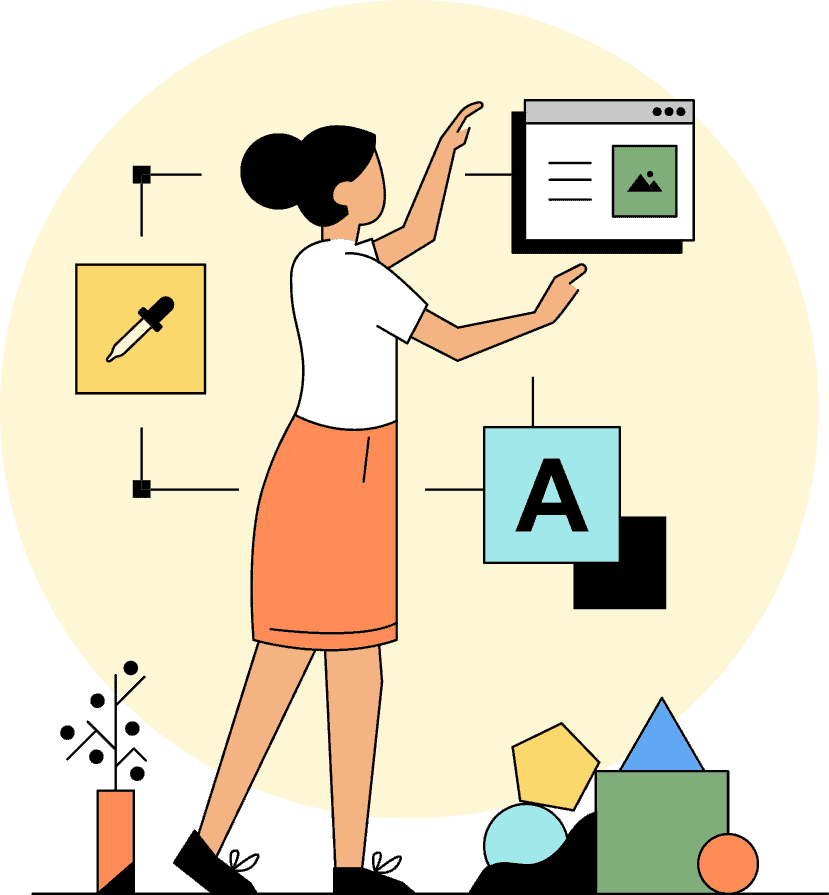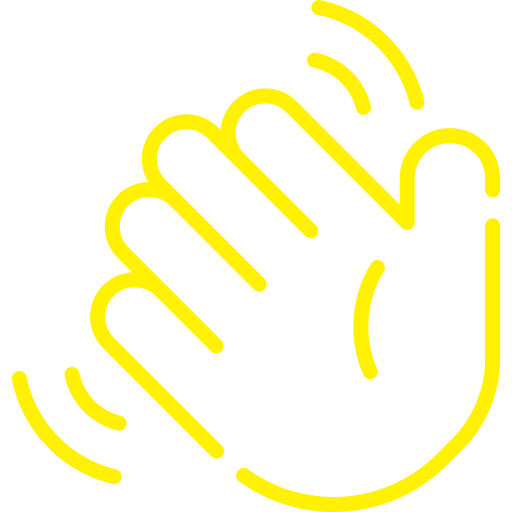
What is Graphic Design?
Graphic design is the art and practice of creating visual content to communicate messages. Designers use typography, images, color, and layout to make their messages engaging and clear. From logos to websites, graphic design plays a crucial role in branding and communication.
Why Graphic Design Matters
In today’s digital world, first impressions are often visual. A well-designed logo, website, or social media graphic can grab attention and convey professionalism. Good design can make information more accessible and enjoyable to consume, whether it’s in marketing, education, or entertainment.
Understanding the Basics: Key Principles of Graphic Design
To create effective designs, it’s essential to understand the basic principles that guide the visual composition:
1. Balance
Balance involves arranging elements in a way that is visually appealing. There are two types of balance:
- Symmetrical Balance: Elements are evenly distributed on both sides of a central axis.
- Asymmetrical Balance: Elements of varying weights are balanced around a central point.
2. Contrast
Contrast highlights differences between elements, such as light vs. dark colors, large vs. small shapes, or different fonts. This helps to draw attention to important parts of your design.
3. Alignment
Alignment creates a clean, ordered look by positioning elements deliberately. It ensures that no part of your design feels out of place.
4. Repetition
Repetition strengthens a design by repeating certain elements like colors, shapes, or patterns. It helps create a sense of unity and consistency across a project.
5. Proximity
Proximity refers to grouping related items together. By placing similar elements near each other, you can create a visual connection between them, making your design easier to understand.
6. Hierarchy
Hierarchy guides the viewer’s eye to the most important parts of your design first. You can establish hierarchy through size, color, or contrast.
Essential Tools for Beginner Graphic Designers
Starting with the right tools is crucial for learning graphic design. Here are some of the most commonly used tools in the industry:
1. Adobe Photoshop
Adobe Photoshop is a powerful tool for editing photos and creating digital artwork. It’s widely used for tasks ranging from photo retouching to designing graphics for web and print.
2. Adobe Illustrator
Illustrator is ideal for creating vector graphics, which are scalable images that maintain quality at any size. It’s perfect for logos, icons, and illustrations.
3. Canva
Canva is an easy-to-use online tool that’s great for beginners. It offers templates for everything from social media posts to presentations, allowing you to create designs quickly without advanced skills.
4. Figma
Figma is a popular tool for interface design and prototyping. It’s especially useful if you’re interested in web or app design, as it allows for real-time collaboration with other designers.
5. Inkscape
Inkscape is a free, open-source vector graphics editor. It’s a great alternative to Adobe Illustrator for beginners who want to explore vector design without a subscription fee.
Tips for Getting Started in Graphic Design
Starting out in graphic design can be overwhelming, but here are some tips to help you get on the right track:
Start with the Basics: Learn the basic principles of design before jumping into complex projects. Understanding balance, contrast, and alignment will make a big difference in your work.
Practice Regularly: Like any skill, graphic design improves with practice. Try redesigning logos, creating posters, or making your own social media graphics.
Seek Inspiration: Look at the work of professional designers for inspiration. Websites like Behance and Dribbble showcase a wide range of design projects that can spark your creativity.
Learn from Tutorials: There are countless free tutorials available online that can help you learn new tools and techniques. Platforms like YouTube, Skillshare, and Coursera offer great resources for beginners.
Get Feedback: Don’t be afraid to share your work and ask for feedback. Constructive criticism from peers or online communities can help you improve and grow as a designer.
Conclusion: Your Journey into Graphic Design
Graphic design is a rewarding field that combines creativity with problem-solving. As you start your journey, focus on mastering the basics and experimenting with different tools and techniques. Over time, you’ll develop your own style and find the areas of design that excite you the most. Remember, every great designer started as a beginner, so be patient with yourself and enjoy the learning process.

